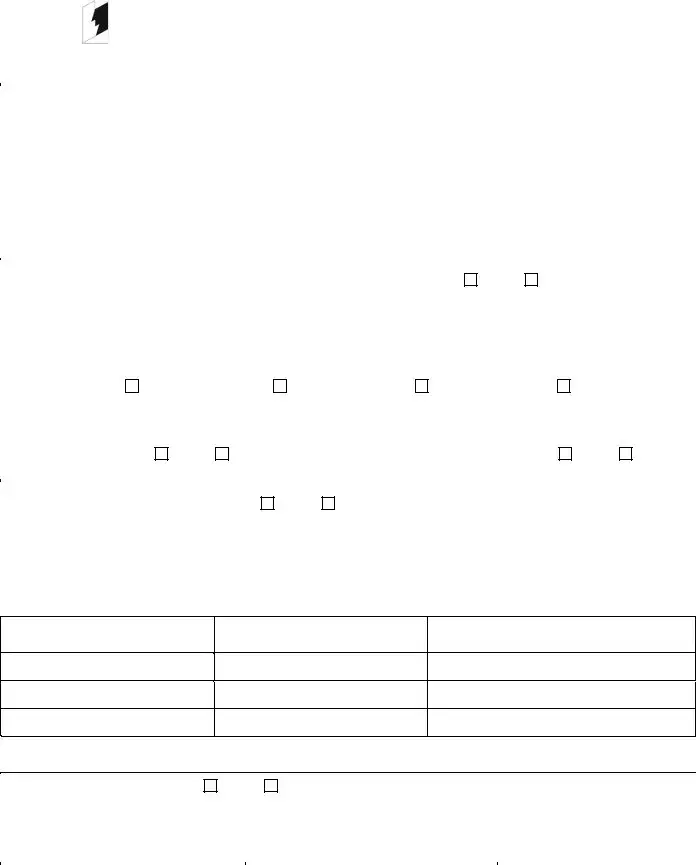The Utah job application form is notably similar to a general resume. Both documents provide an overview of the applicant's personal information, education, and work history. Where a resume is a tailored document highlighting specific experiences and skills relevant to the job being applied for, the job application form standardizes this information to make comparisons between candidates easier for employers. Each document serves to introduce the candidate's qualifications and background to potential employers.
Another document that shares a resemblance with the Utah job application form is a college application. College applications require detailed personal information, educational background, and sometimes work experience, mirroring the structure of the job application form. Both documents are used by the respective evaluators to determine the applicant's suitability — one for educational advancement, the other for employment opportunities.
An employment contract is another document similar to the Utah job application form in the sense that both deal with employment specifics. However, an employment contract is used post-selection to formalize the terms of the job, whereas the job application form is a step in the selection process. They both contain pertinent details related to employment, such as job duties and responsibilities, though in very different contexts.
The job application form also parallels a loan application form. Both require the applicant's personal and contact information, and in some cases, employment details, used to assess the applicant's eligibility — for a loan or a job, respectively. While the focus of the information gathered differs, the foundational structure of requesting detailed applicant information is a shared characteristic.
Professional certification or license applications bear a resemblance to the job application form as well. These documents require personal details, educational background, and specifics about the applicant's qualifications, similar to what is asked for in a job application. Both types of applications serve as a means to assess qualification and eligibility, be it for a job or professional recognition.
A scholarship application is somewhat akin to the job application form due to the requirement for personal information, educational background, and often a history of work or experience. Both aim to evaluate the applicant’s suitability for receiving a benefit, whether it’s educational funding or a job opportunity, necessitating a detailed review of the applicant's credentials and accomplishments.
A rental application shares similarities with the Utah job application form, primarily in the collection of personal information, employment history, and references. While the purpose of a rental application is to assess the reliability and financial stability of a potential tenant, it requires information similar to that of a job application to make an evaluation.
A volunteer application form also resembles the Utah job application form. They both inquire about an individual’s personal information, interests, skills, and sometimes educational background, aiming to match the applicant with suitable roles — one within a professional employment context and the other in a volunteer capacity. The primary aim of gathering this information is to ensure a good fit between the applicant and the available positions.
Lastly, a background check authorization form, while more focused on permitting the verification of the applicant’s provided information, is akin to the certification section of the Utah job application form. Both are involved in the verification process of the application phase, ensuring the accuracy of the information provided by the applicant. This trustworthiness is crucial for employers to make informed hiring decisions.
Overall, while the aforementioned documents serve various purposes across different contexts, their foundational elements align closely with those of the Utah job application form. Each collects relevant applicant information for assessment, aiming to match individuals with opportunities that suit their qualifications and background.

